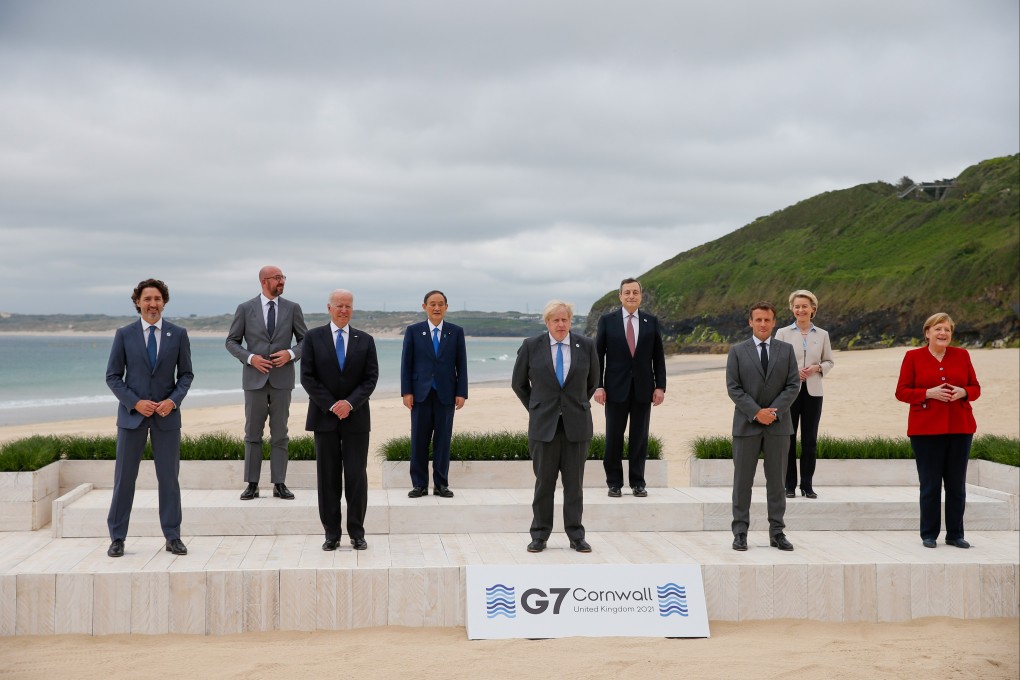Inside Out | Why G7 leaders’ rival plan to China’s Belt and Road Initiative is wrong-headed
- When it comes to infrastructure, the world does not need competing schemes. It just needs more funding
- Moreover, Joe Biden is facing a congressional battle over his domestic infrastructure plan and is unlikely to win support for infrastructure building overseas

Of the numerous cleverly curated Group of Seven proposals – more theatre than substance – this was clearly the most vacuous. Like several previous global infrastructure plans proposed by the United States, it is likely to amount to next to nothing. Moreover, the US needs to recognise that the last thing we need is a “rival” plan. For infrastructure, we just need more.
It is perhaps helpful that the G7 leaders acknowledged the urgent need for more infrastructure spending worldwide. The Organisation for Economic Cooperation and Development said the world would need US$95 trillion between 2016-2030 – about US$6.3 trillion a year. The Asian Development Bank said Asia would need US$26 trillion until 2030. All recognised a large annual shortfall. Research group Refinitiv, referencing the Global Infrastructure Hub database, talks of an infrastructure gap of US$15 trillion up to 2040.
It is also noteworthy that G7 leaders acknowledged the dominant global role China is playing: Refinitiv estimates that since the Belt and Road Initiative was launched by Chinese President Xi Jinping in 2013, it has supported over 2,600 projects valued at over US$3.7 trillion.

